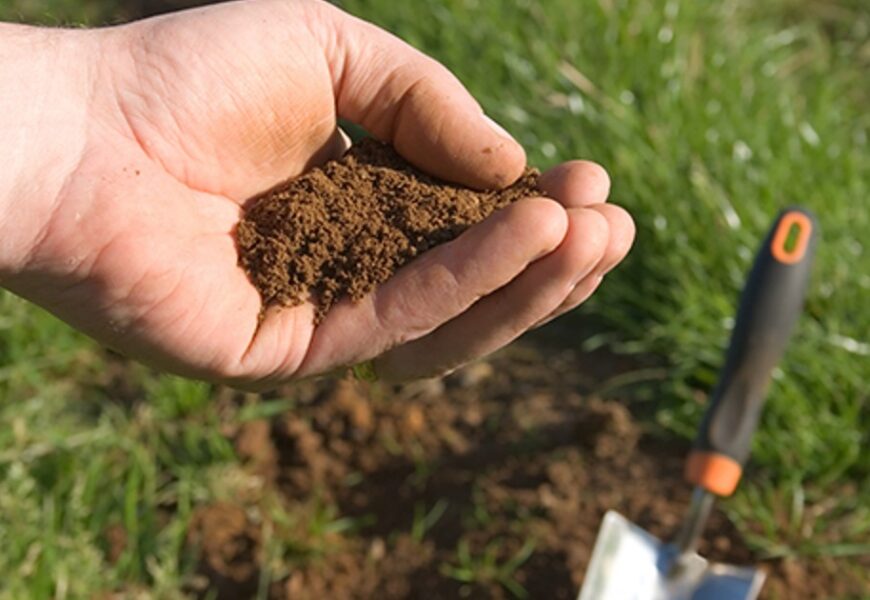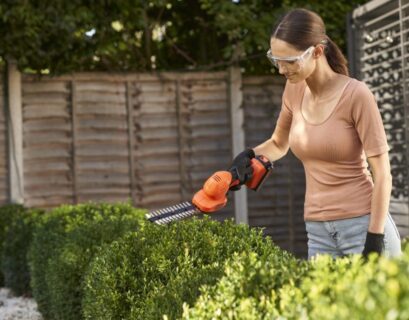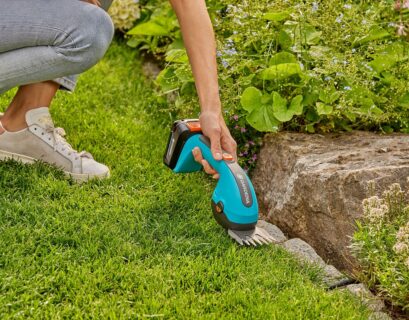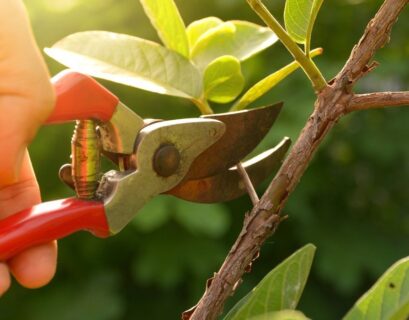If you’re planning to start a garden, whether it’s a small vegetable patch or a beautiful flower bed, testing your soil before planting is a crucial step that many gardeners overlook. Understanding the composition and quality of your soil can significantly impact the health and productivity of your plants. Here’s why soil testing is essential and how to go about it.
Why Test Your Soil?
- Determine Soil pH: The pH level of your soil affects nutrient availability to plants. Most plants prefer a pH between 6.0 and 7.0, but some may require more acidic or alkaline conditions. Knowing your soil’s pH helps you choose the right plants and make necessary adjustments.
- Identify Nutrient Levels: Soil testing reveals the levels of essential nutrients like nitrogen (N), phosphorus (P), and potassium (K). These nutrients are vital for plant growth and development. By knowing what’s present and what’s lacking, you can amend your soil accordingly.
- Detect Contaminants: Testing can identify harmful contaminants like heavy metals, pesticides, and other pollutants. This is especially important if you’re growing edible plants, as these contaminants can affect plant health and pose risks to human health.
- Optimize Fertilizer Use: Soil testing helps you apply the right amount and type of fertilizer. Over-fertilizing can harm plants and the environment, while under-fertilizing can lead to poor plant growth. Testing ensures efficient and effective fertilizer use.
- Save Time and Money: By understanding your soil’s needs upfront, you can avoid unnecessary purchases of amendments and fertilizers, saving time and money in the long run.
How to Test Your Soil
- Choose a Testing Method: There are several ways to test your soil:
- Home Testing Kits: Available at garden centers and online, these kits allow you to test pH and nutrient levels at home. They’re affordable and easy to use but may not be as accurate as professional testing.
- Professional Lab Testing: Sending a soil sample to a professional lab provides the most accurate and detailed results. Many agricultural extension services offer testing for a fee.
- Digital Soil Testers: These handheld devices can quickly measure pH, moisture, and sometimes nutrient levels. They’re more expensive than kits but offer convenience and ease of use.
- Collect Soil Samples: To get an accurate assessment, collect soil samples from different areas of your garden. Follow these steps:
- Use a clean trowel or soil probe to dig 6-8 inches deep.
- Collect samples from multiple spots (5-10) within the area you plan to plant.
- Mix these samples in a clean bucket to create a composite sample.
- Remove any debris like rocks, roots, or leaves.
- Prepare and Submit Samples: If using a home test kit, follow the instructions provided. For lab testing, place the composite sample in a clean bag or container and label it with your name and sample location. Follow the lab’s submission instructions and wait for the results.
- Interpret the Results: Once you receive your results, you’ll get a breakdown of your soil’s pH, nutrient levels, and any contaminants. Most labs also provide recommendations for soil amendments based on your results.
Improving Your Soil
- Adjusting pH:
- To Raise pH (Reduce Acidity): Add lime (calcium carbonate) or wood ash.
- To Lower pH (Increase Acidity): Add sulfur, peat moss, or organic compost.
- Adding Nutrients:
- Nitrogen (N): Add composted manure, blood meal, or fish emulsion.
- Phosphorus (P): Add bone meal, rock phosphate, or compost.
- Potassium (K): Add wood ash, kelp meal, or greensand.
- Improving Soil Structure:
- Add organic matter like compost, aged manure, or leaf mold to improve soil texture, drainage, and aeration.
- Use cover crops to enhance soil health and prevent erosion.
- Addressing Contaminants:
- If your soil contains harmful contaminants, consider raised beds with clean soil or soil remediation techniques like phytoremediation (using plants to absorb contaminants).
Conclusion
Testing your soil before planting is a critical step for any successful garden. It provides valuable insights into your soil’s pH, nutrient levels, and potential contaminants, allowing you to make informed decisions and necessary adjustments. By understanding and improving your soil, you can create a healthier growing environment for your plants, leading to a more productive and beautiful garden. Take the time to test your soil, and watch your garden thrive.











